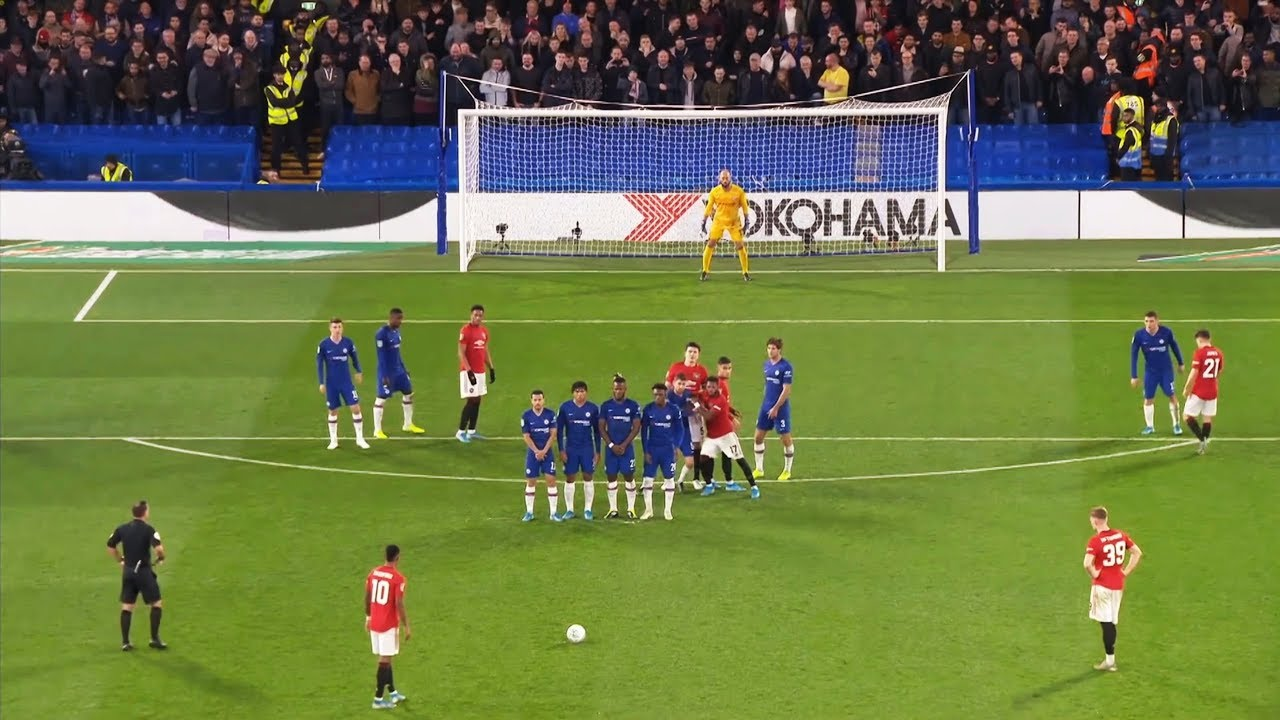
Attacking Free-Kicks
Every attacking free kick is an opportunity to turn pressure into a goal-scoring chance. Whether it’s a direct strike at goal or a delivery into the box, the success of the routine depends on the clarity of player roles and execution. From the choice of taker and striking technique to the movement of target players and supporting runs, every detail matters. This guide outlines the key responsibilities, tactical considerations, and variations coaches can use to make free kicks a consistent attacking weapon.

Free-Kick Taker
The choice of taker depends on the situation. For direct shots, consider whether a left- or right-footed player is better suited to the angle. For delivery, choose the player with the best consistency and accuracy.
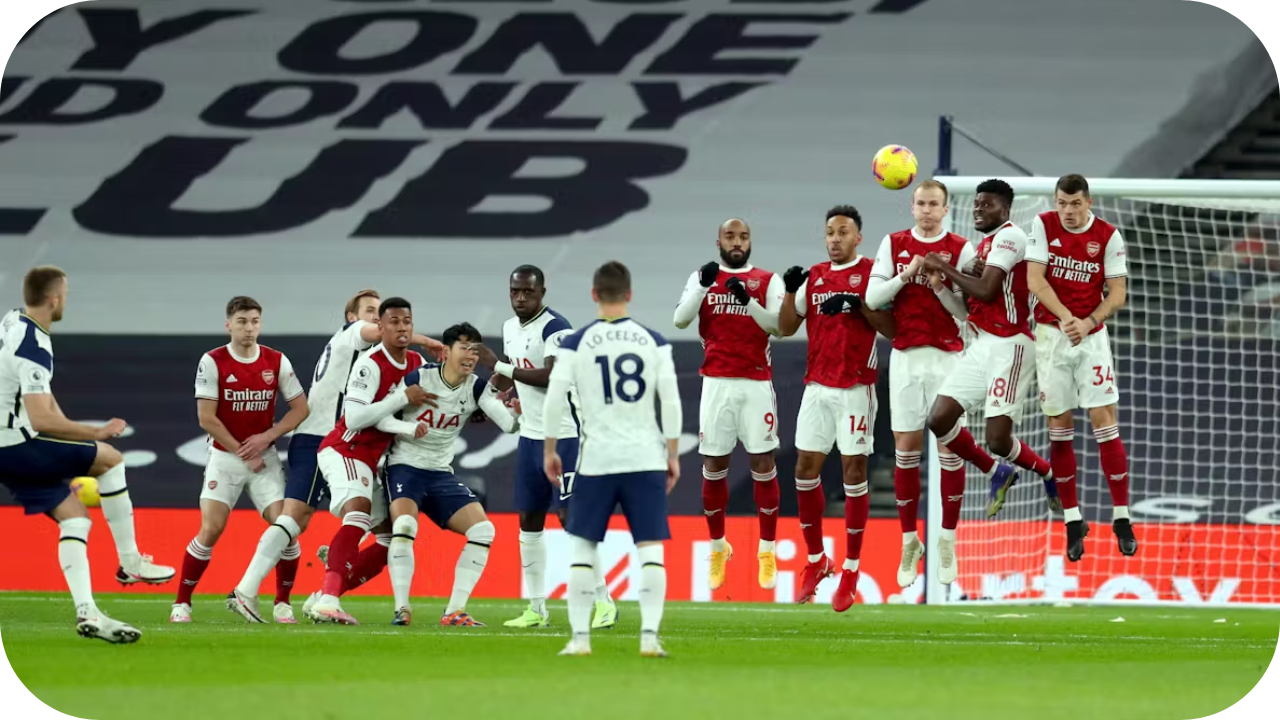
Striking Style
Direct free kicks can be struck in different ways — bent around the wall, chipped over it, drilled low under it, or hit with power and dip. Coaches should align the technique with the taker’s strengths and the defensive setup.
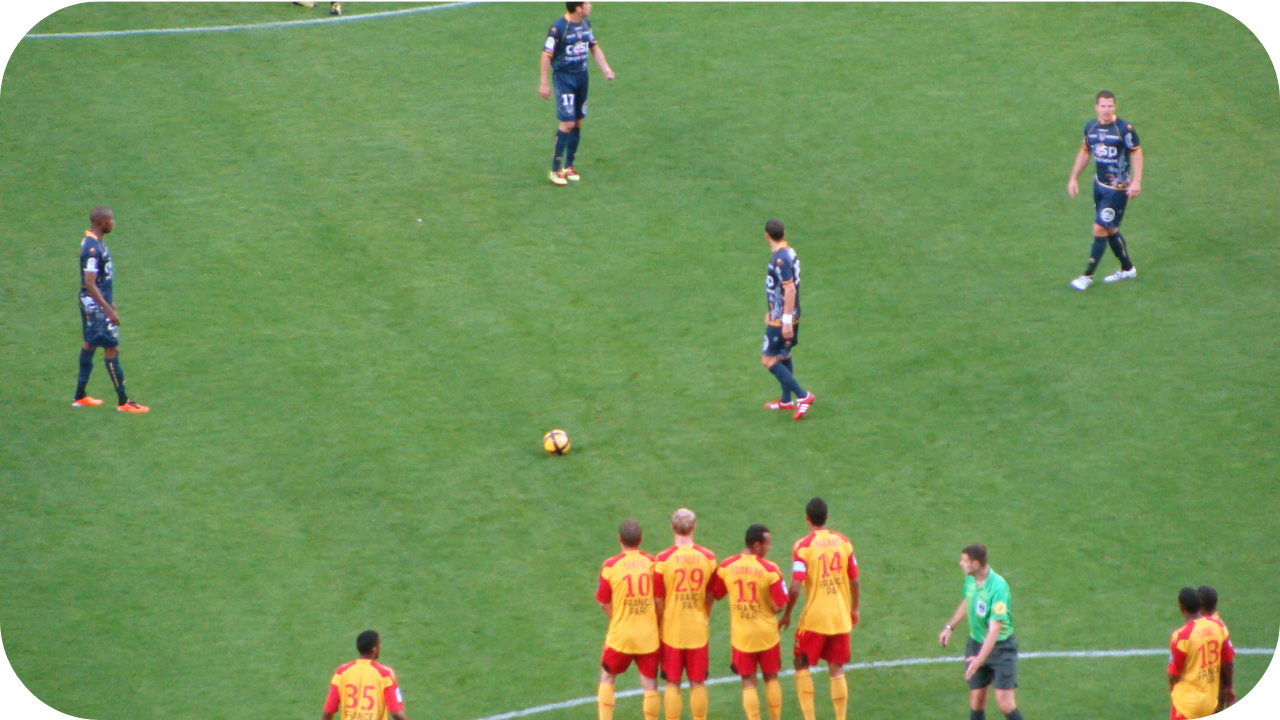
Players Over the Ball
Using one or more players at the ball can disguise intentions, create dummy runs, and add unpredictability. This forces the wall and goalkeeper to hesitate and can open opportunities.

Disrupting the Wall and Keeper
Attackers near the wall can jump, run across, or position themselves to distract the goalkeeper’s line of sight. This adds pressure and increases the chance of a mistake.
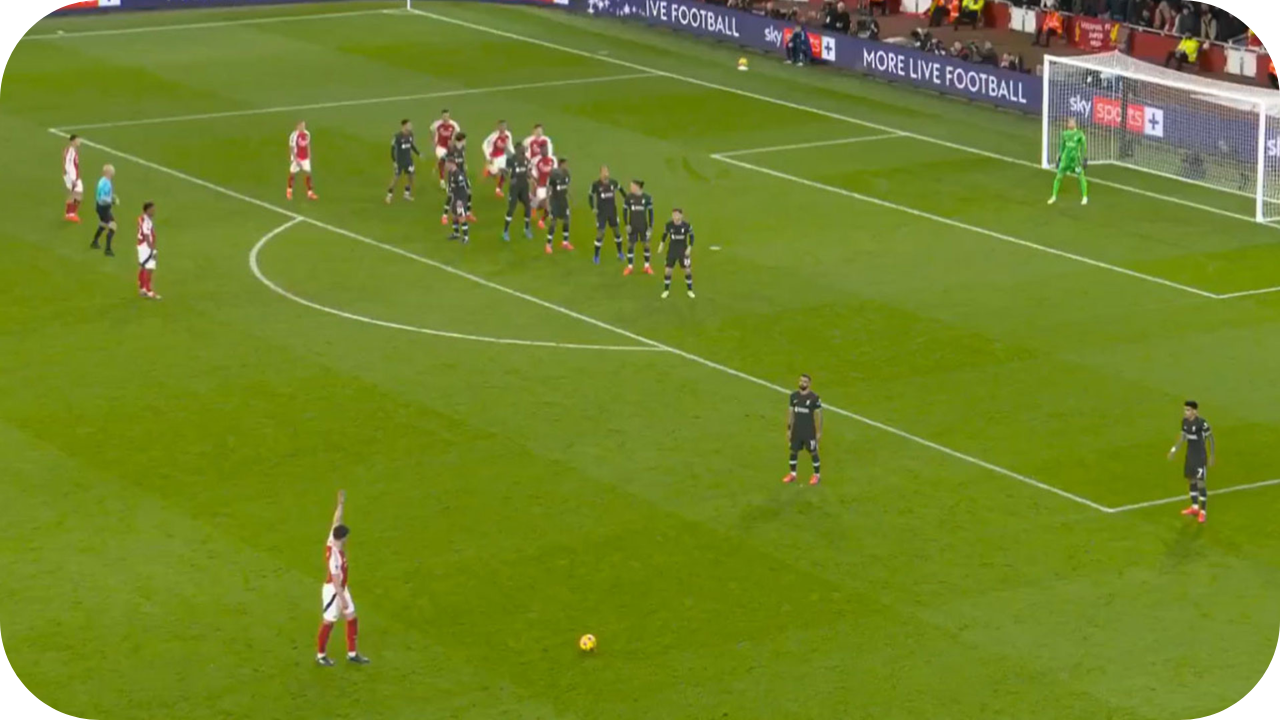
Direct vs Routine
Decide if the situation calls for a direct strike or a planned routine. Routines — such as lay-offs, disguised passes, or delivery combinations — can be more effective when a direct shot is unlikely to succeed.
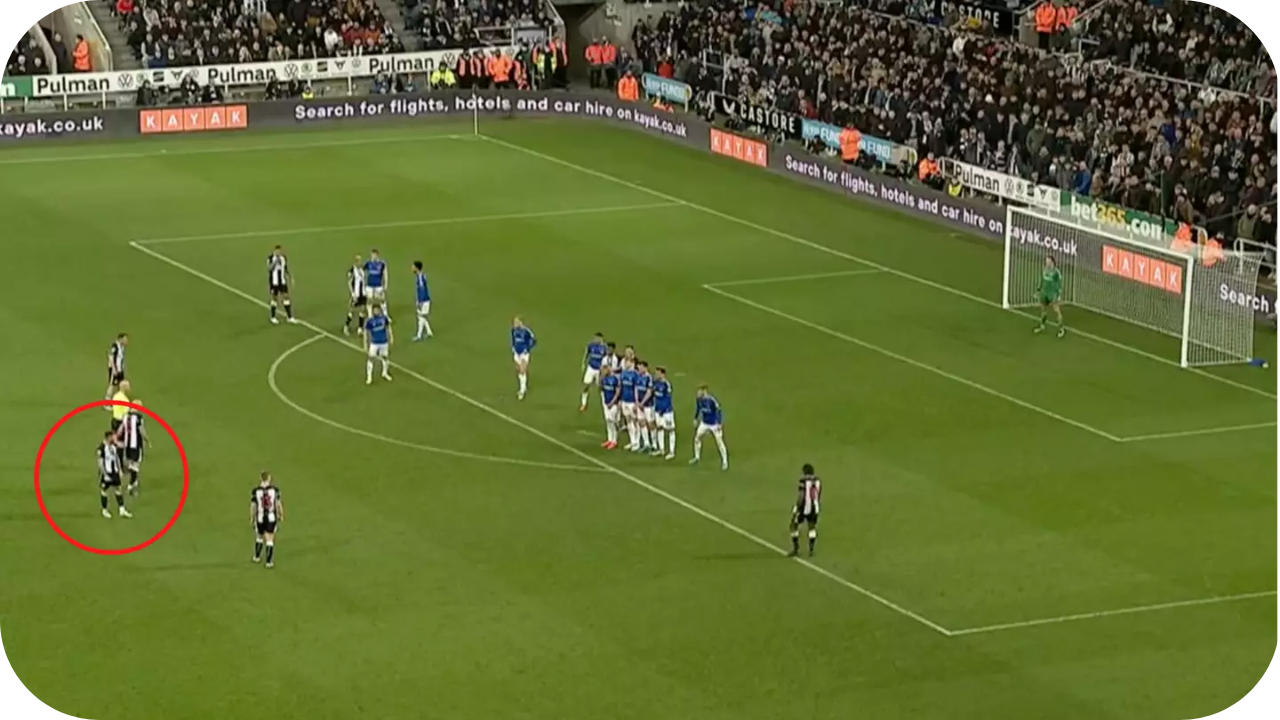
Decoy Runs
Well-timed decoy runs can draw defenders out of position, freeing up the real target player or creating space for a shot/delivery.

Rebound Positioning
Shots from free kicks often lead to second chances. Players should be positioned to attack rebounds around the penalty spot and back post.

Target Runs & Blockers
On delivery-based free kicks, organise clear runs into the target area. Use blockers to impede key defenders and give your aerial threats more space to attack the ball.

Lay-Offs and Angle Changes
A simple lay-off can change the angle of the shot or cross, bypassing the wall or making the delivery harder to defend.
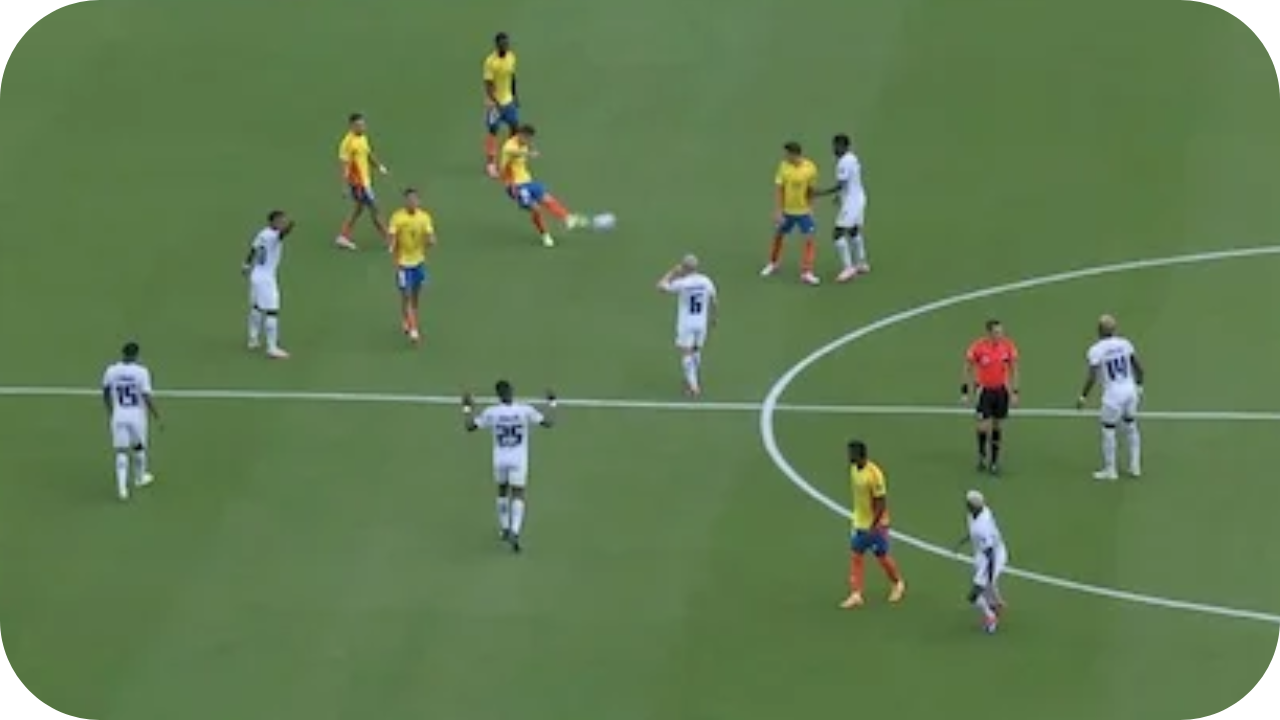
Quick Restarts
Whenever possible, take advantage of disorganised defences with quick, clever restarts — but only if players are switched on and ready.
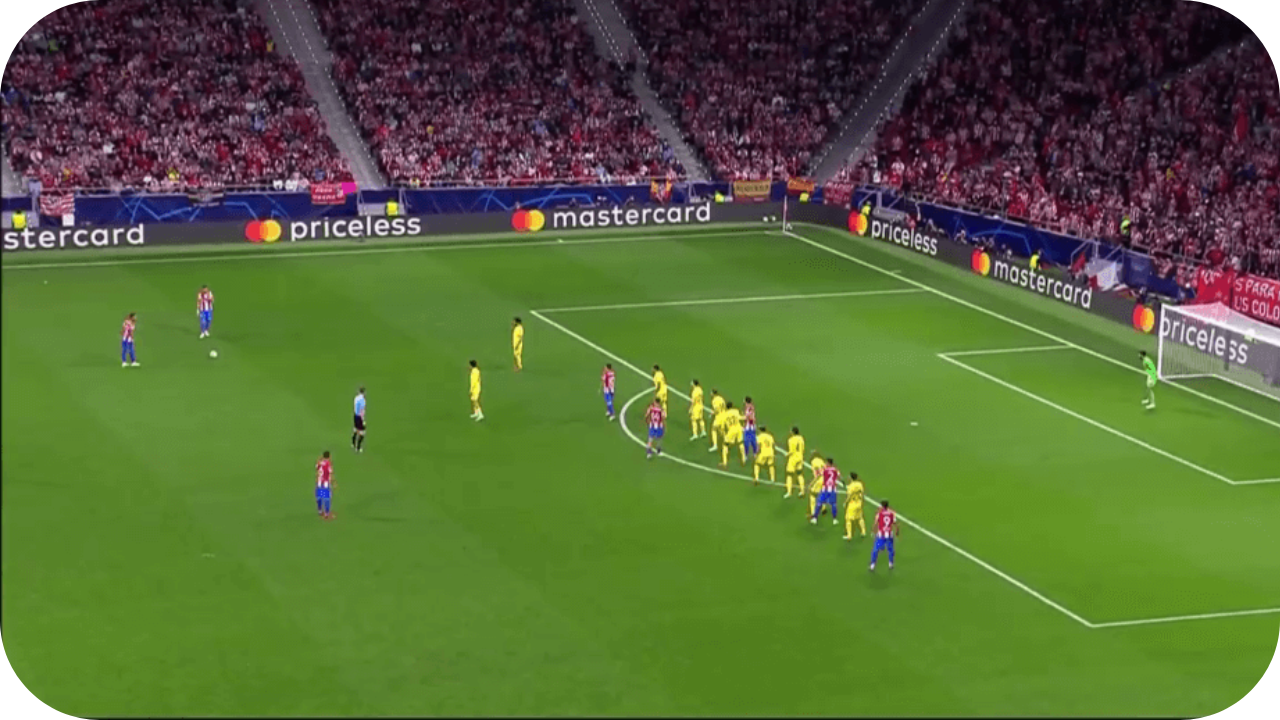
Secondary Roles
Assign players to secure balance: one or two holding deeper to protect against counter-attacks, and another near the short option to keep defenders guessing.






